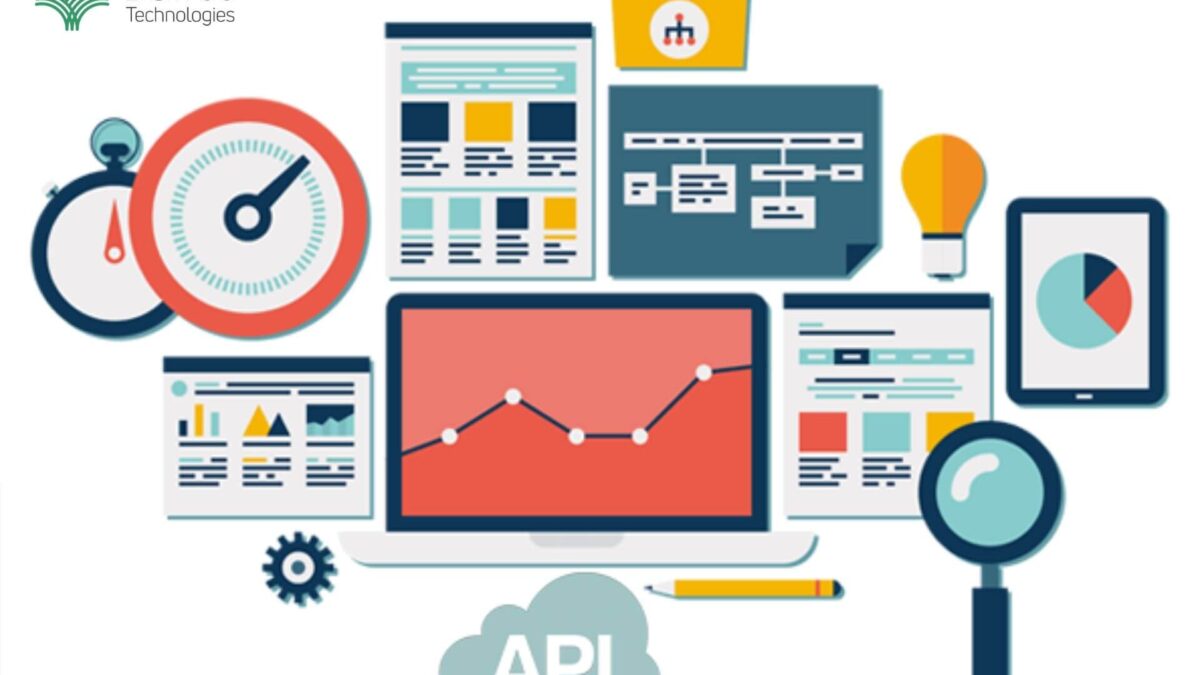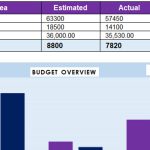Understanding API: How Software Applications Communicate is essential in today’s tech-driven world. APIs, or Application Programming Interfaces, serve as the bridge between different software systems, enabling them to interact and share data seamlessly. This functionality not only enhances user experiences but also fosters innovation by allowing developers to build on existing technologies.
As we delve deeper into this topic, we’ll explore how APIs operate, the different types of APIs available, and their pivotal role in modern application development. Understanding the mechanisms of communication between software applications can illuminate the intricate web of digital interactions that power our online experiences.
In today’s fast-paced world, the importance of effective communication cannot be overstated. Whether in our personal lives or professional environments, the ability to convey ideas clearly and concisely is a valuable skill. This article will explore the various aspects of communication, including its definition, types, significance, and tips for improving one’s communication skills.To begin with, let’s define what communication is.
At its core, communication is the process of exchanging information between individuals or groups. It can involve spoken or written words, non-verbal cues, and even visual elements. The goal of communication is to ensure that the message is understood by the receiver in the way that it was intended by the sender. There are several types of communication, each serving different purposes.
The most common forms include verbal, non-verbal, written, and visual communication. Verbal communication involves the use of spoken language, while non-verbal communication includes body language, facial expressions, and gestures. Written communication encompasses emails, reports, and any other form of written text. Lastly, visual communication involves the use of images, graphs, and charts to convey information.The significance of effective communication cannot be ignored.
In a professional setting, clear communication can lead to better collaboration among team members, reduced misunderstandings, and increased productivity. For individuals, strong communication skills can enhance relationships, boost confidence, and improve negotiation abilities. In essence, good communication fosters a conducive environment for growth and success.Now that we understand the types and significance of communication, let’s delve into some practical tips for improving our communication skills.
First and foremost, it’s crucial to be an active listener. This means paying attention to the speaker, asking clarifying questions, and providing feedback. Active listening demonstrates respect and ensures that you fully understand the message being conveyed.Secondly, clarity is key. When communicating, whether in writing or speaking, strive to be as clear and concise as possible. Avoid jargon and overly complex sentences that might confuse your audience.
Instead, use simple language and structure your thoughts logically to enable easier understanding.Additionally, being aware of non-verbal cues is essential. Non-verbal communication can often convey more than words. Pay attention to your body language, tone of voice, and facial expressions, as these can significantly affect how your message is received. Similarly, being mindful of the non-verbal cues of others can provide valuable insights into their understanding and feelings.Another useful tip is to tailor your communication style to suit your audience.
Different people may respond better to different approaches. For instance, when communicating with colleagues, a more formal tone may be appropriate. However, when speaking to friends or family, a casual tone might be more suitable. Adaptability in your communication style can lead to more effective interactions.Moreover, practicing empathy can greatly enhance your communication skills. Empathy involves understanding and acknowledging the emotions and perspectives of others.
By putting yourself in someone else’s shoes, you can communicate in a way that resonates with them, fostering a deeper connection and encouraging open dialogue.Finally, don’t underestimate the power of feedback. After communicating, whether in a meeting or a casual conversation, seek feedback from your audience. This can provide valuable insights into how effectively you conveyed your message and what areas you may need to improve.

Constructive criticism can be an invaluable tool for growth.As we wrap up this discussion on communication, it’s important to remember that it is not merely a skill but an art that can always be refined. By being mindful of the various types of communication, understanding its significance, and actively working on improving our skills, we can enhance our personal and professional interactions.
Effective communication holds the key to building stronger relationships, achieving goals, and navigating the complexities of human interaction. So, let us embrace this vital skill and commit to continuous improvement in our communication endeavors.In conclusion, whether you are looking to enhance your professional relationships, improve your social interactions, or simply express yourself better, investing time in developing your communication skills is undoubtedly worthwhile.
Start with the simple steps of active listening, clarity, awareness of non-verbal cues, tailoring your style, practicing empathy, and seeking feedback. With consistent effort and practice, anyone can become a more effective communicator. So why wait? Start today and watch how your interactions transform for the better!

